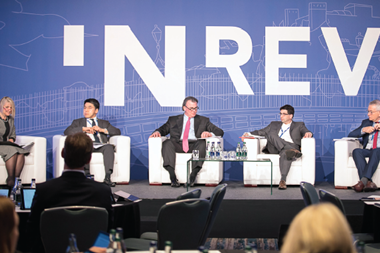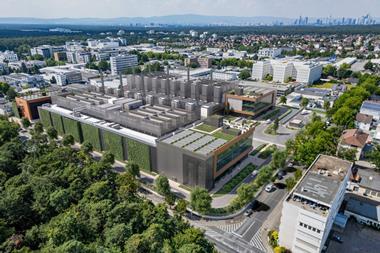Institutional investors have narrowed the gap between actual and target allocations to real estate, according to a survey carried out by real estate associations.
The global Investment Intentions Survey 2019, published by INREV, ANREV and PREA, stated that current average allocations to real estate increased from 8.9% to 10.0% in 2018, against an increase in target allocations to 10.4% from 10.2%, significantly narrowing the gap between the two for the first time.
“However, global institutional investors remain bullish about real estate indicating their intention to place a minimum of €72.4bn of new capital into the asset class in 2019, continuing the recent trend of positive sentiment,” the survey said. Around €47.6bn of this total is earmarked for non-listed vehicles.
The survey which attracted 154 respondents (144 institutional investors and 10 managers), stated that half of all investors will increase their allocations over the next two years, while only 9.3% expect to decrease their allocations, and 40.7% anticipate no change.
On a regional basis, the majority of European investors expect to increase their allocations, while most of those from Asia-Pacific and North America expect no change.
Overall, the UK, France and Germany remain the dominant European destinations for investors, though the order of priority has shifted since the last survey.
This year Germany topped the list of preferred investment locations, selected by 66.7% of respondents, while the UK – number one in 2018 – is second at 64.6%, and France is third at 62.5%.
Funds of funds managers expressed a different order of preference placing the UK top, with the Netherlands second, followed by Spain, the survey stated.
Lonneke Löwik, INREV’s CEO, said: ‘With considerable amounts of cash continuing to flow into the market, investors are clearly focused on long-term investing. But, given that real estate cycles are typically 10 years one can say that we’re now in the late stage of the current cycle.
”The key questions raised are how are investors preparing themselves for an inevitable rise in interest rates, and how will this affect their investment decisions this year and their intentions to increase allocations beyond 2019?”
Topics
- ANREV
- Asia-Pacific Investors
- Closed-ended funds
- Club deals
- European Investors
- Funds
- Industrial
- INREV
- Insurers
- Investment Strategies
- Investment Vehicles
- Investors
- Joint ventures
- Middle Eastern Investors
- North American Investors
- Office
- Open-ended funds
- Pension Funds
- PREA
- Real Estate
- Residential
- Retail
- Separate accounts
- Sovereign Wealth Funds
- Spezialfonds
















